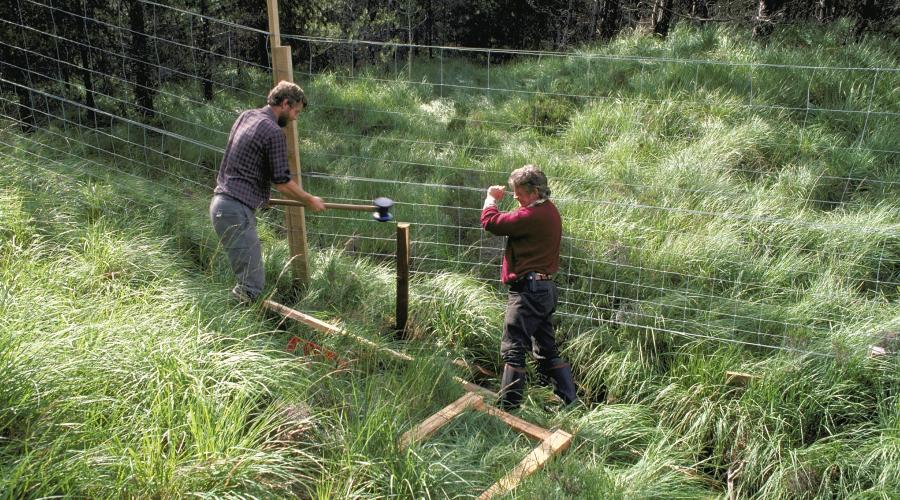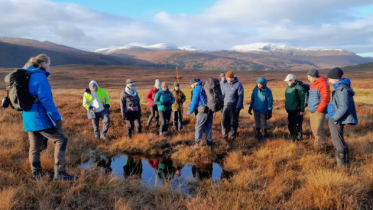
Deer management methods
Deer management in Scotland is mainly undertaken by culling and fencing.
Deer culling
Deer culling refers to the deliberate killing of deer for management purposes. Culling is typically undertaken by stalking, i.e. silently tracking the deer without it being aware so that it can be approached closely enough to be killed humanely.
Stalking became a profession in Scotland in the 19th century. Landowners would employ local people to manage deer populations for the benefit of sporting interests, carefully allowing the deer population to increase to support lucrative sporting activities. Wealthy people would travel great distances and pay well to hunt deer for leisure.
Today, stalkers still play a crucial role in managing deer but now it’s not just to benefit sporting interests.
Key aims are:
- to help protect both the natural environment and the agricultural environment
- to provide meat (venison) for the food industry
Successful stalking requires great skill and patience and stalkers often work alone when culling or harvesting deer.
Team or collaborative culling
Sometimes stalkers work in groups in a practice known as ‘team culling’ or ‘collaborative culling’. This approach is beneficial when deer densities are particularly high and/ or the deer move regularly over a large area. With this approach, stalkers employed on different landholdings can work together to share information and resources to make their task more efficient and effective.
View Best Practice guidance on team culling
Deer fencing
Deer fencing is widely used in Scotland as a tool for managing deer movements and restricting access.
Fencing can:
- allow different land uses to co-exist both within a landholding or between landholdings
- protect the safety of the public
- facilitate nature recovery, particularly with woodlands, within a relatively short time.
But building a deer fence can also have negative impacts on public safety and other interests such as deer welfare, nature, landscape, cultural heritage and access.
Those thinking of using fencing must:
- evaluate the different options for managing deer
- ensure that the fence design minimises disruption to deer welfare, public safety, nature, landscape, cultural heritage and access
- use it only as part of a wider programme of deer management
- plan not to leave it up for any longer than is necessary
- consider any impacts on the wider deer range – particularly nearby properties and local communities
- be aware that any deer that depend on the fenced-off area must be culled
- identify and minimise any negative impacts – approval of and financial support for fencing will depend on this.
Deer fencing can be a useful tool for managing deer in the short-term. However, reducing deer numbers is preferable in the long-term.
View Best Practice guidance on fencing
Land managers can also use the guidance below to help decide upon the best deer management option for a landholding.





